Her head hung low, as if her antlers held the whole world between them, the faun wandered into the fairy glade. It was the time of evening when the firefly fairies awoke from their slumber beneath the ferns and the tangles of ivy, and all at once they rose up like dozens of miniature lanterns, and they began to dance. Around and around they went, and the faun, her troubles all but forgotten, stood transfixed in the play of light and shadow.
This week, we introduce the seventh image in The People of Light and Shadow series, “The Faun,” featuring Karissa Kosman.
The Faun: Karissa Kosman
Karissa Kosman is an actor, cosplayer, and stage combatant in the Chicago scene, and it was a delight to work with her on “The Faun” portrait for The People of Light and Shadow.
“The Faun” is the seed from which the rest of The People of Light and Shadow series grew.
In June 2021, pandemic quarantines lifted, life unpaused, and everything came back fast and furious. In the midst of this, Nathan Pease, aka “The Goblin Overlord,” reached out to ask about creating an image for an upcoming live action role-play event set around the fey court called the Gala of Everlasting Change (or its shorthand title, “fey prom”).
I had wanted to begin a new series post quarantine but hadn’t had much time to think about what that would be. I wished to return to the kind of work I’d done in 2019’s Portraits from a Distant Era series, building on the skills I’d learned over the past two years, and this seemed like a good motivator to get a new series started. Though this portrait was the seventh one shot, the prospect of making it was what set the series in motion.
Nathan had selected Karissa to play the fantastical creature in the image. I had interacted with Karissa earlier in the year in Birch House Immersive’s excellent online experience Lonely Hearts, directed by Stevie Mattos, where Karissa and I played out a personal and memorable one-on-one interactive scene over Zoom, where she portrayed a delivery driver, and we discussed masks and superheroes. When we met up over the summer to discuss the project, we expanded our conversation to fantasy films and Dungeons & Dragons, and I knew then that we were birds of a feather.
Photography
For Karissa’s session, we used a textured brown background, a big square softbox camera left, and a V-flat on camera right, with a handheld reflector on the floor, ably angled by Elizabeth MacDougald. The camera settings were the ones that have become standard for this series: f/8, ISO 100, 1/200 sec. with an 85 mm lens.
This image had to serve three masters: for Distant Era’s purposes it had to fit within the “world” of the series; it needed to be an image that Karissa would be happy to make and to have; but it also needed to be able to accommodate the purpose that inspired the series—the Gala of Everlasting Change. Nathan’s only requirement was that he simply wanted an image of a fantasy creature having a good time. Nevertheless, this subtly affected the way we directed and shot the image. Rather than shoot up close and personal, we shot a variety of active poses captured at a greater distance than the previous images in the series. I think capturing an image of a character having a good time is harder to do the closer you get. In the equation of composition, body language adds significantly to expression.
We tried a variety of looks, from costume horns to hats. The costume is from Karissa’s own collection; we had thought to add wings, however the costume wings Nathan ordered for Karissa didn’t show up until six weeks after the session. This may be for the better, as when I added wings in the editing stage, they drew focus from what had turned out to be a more rustic fey portrait, overpowering the rest of the image. The final image selected for the series was the middle point that would give us all what we wanted—a faun surrounded by fireflies, gazing upward, perhaps in awe, or wonder.
Editing: Analyzing a Series
I thought this one would be simpler than those of the last few weeks, and perhaps it would have been if it had come first in the series. Yet the more a series establishes itself, the more it self-defines what it is and isn’t, and so parameters begin to evolve on which image is selected and what the overall look of the image is to be. In theatrical improvisation, we used to discuss the rule of threes in scenes: the first time something happens, it’s random; the second time establishes a pattern; the third time drives it home and makes the point. It’s like that with this too.
For example, we began the series with a very cool image of Gary Henderson in “The Changeling.” In the second image, “The Hunted Princess,” Liz Falstreau faces the same direction as Gary; she’s holding an apple where he was holding a butterfly; they are cropped somewhat similarly. A pattern begins to emerge. Part of the Reason Shellie DiSalvo’s “The Morrigan” image took a long time to edit was because it needed to belong in the same world as the previous two, and I wasn’t sure quite what that meant yet—it was a different shot from farther back. And so on. Every time I’m close to finishing an image, I place it next to others in the series to see how it fits and if there’s anything that needs to change. Here’s a video of me doing that with subtle variations of Lupe Ramirez’s “The Dryad.”
As new portraits are added to the series, my understanding of the series expands and the concept evolves. “The Faun” is a more atmospheric portrait than the others, showing a bit more scene. Of all the images released so far, it is closest to “The Morrigan,” another 3/4 image that reveals a bit of the subject’s background. With ten left to shoot and thirteen left to edit, I’ll no doubt continue to figure out the series in the coming weeks and months.
Here are a few more of my favorites from Karissa’s session that I considered for the series.
The images above are but a small sample of the wide variety of looks and poses we created in a short time. Karissa is great at coming up with new ideas and poses, and she transforms from one look to another in an instant. She’s a practiced model with bounds of energy and ideas, which she shares regularly with followers of her Patreon, linked here.
It was fantastic working with Karissa and Nathan on this image that germinated The People of Light and Shadow series, and I am grateful for lending their time and talent to it. As ever, great thanks to Elizabeth MacDougald for her assistance (and this time particularly for holding reflectors!).
Next in The People of Light and Shadow series…
We’re taking a break from the series for the holidays but will return with The People of Light and Shadow on January 3!
Meanwhile…
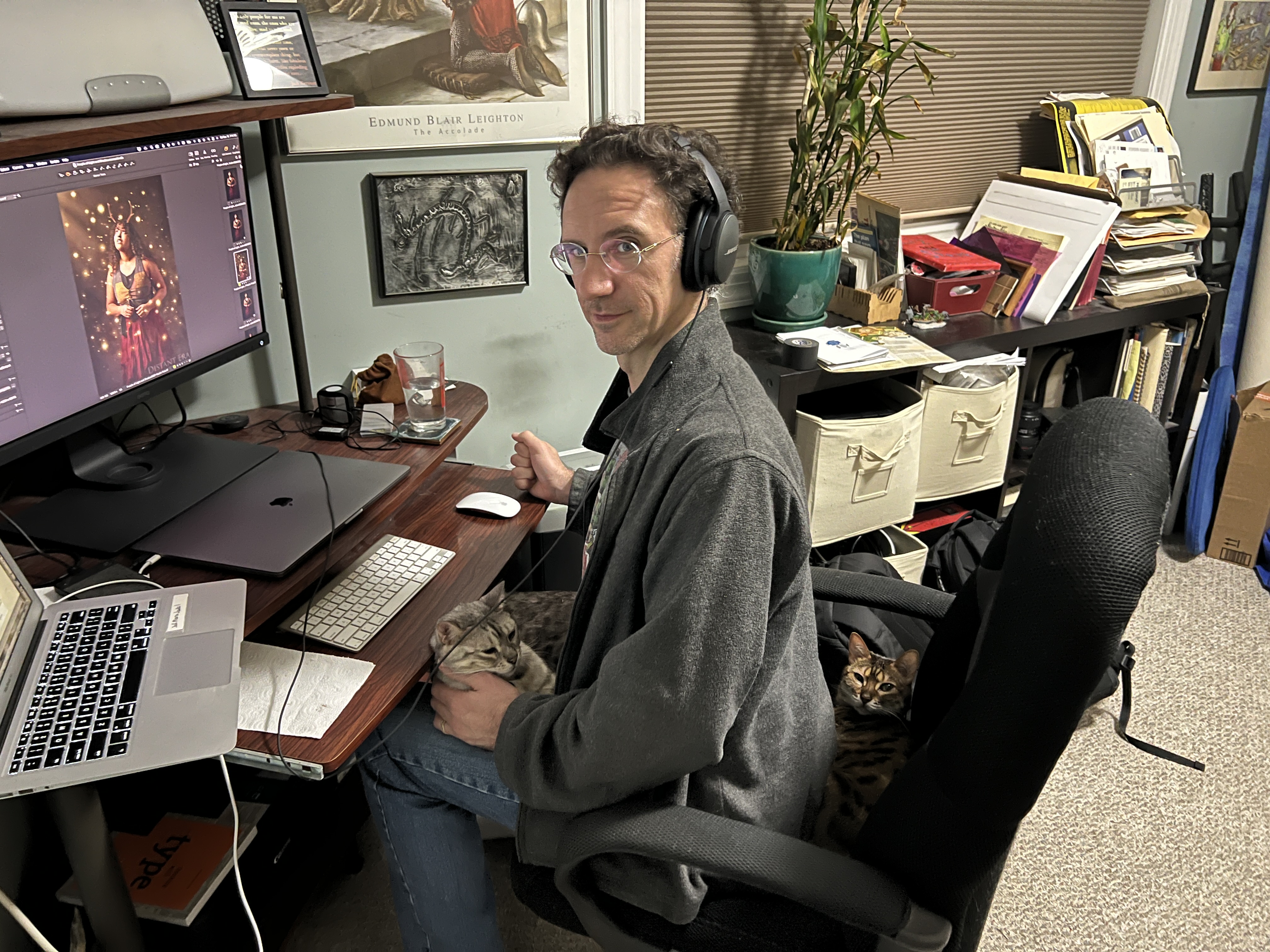

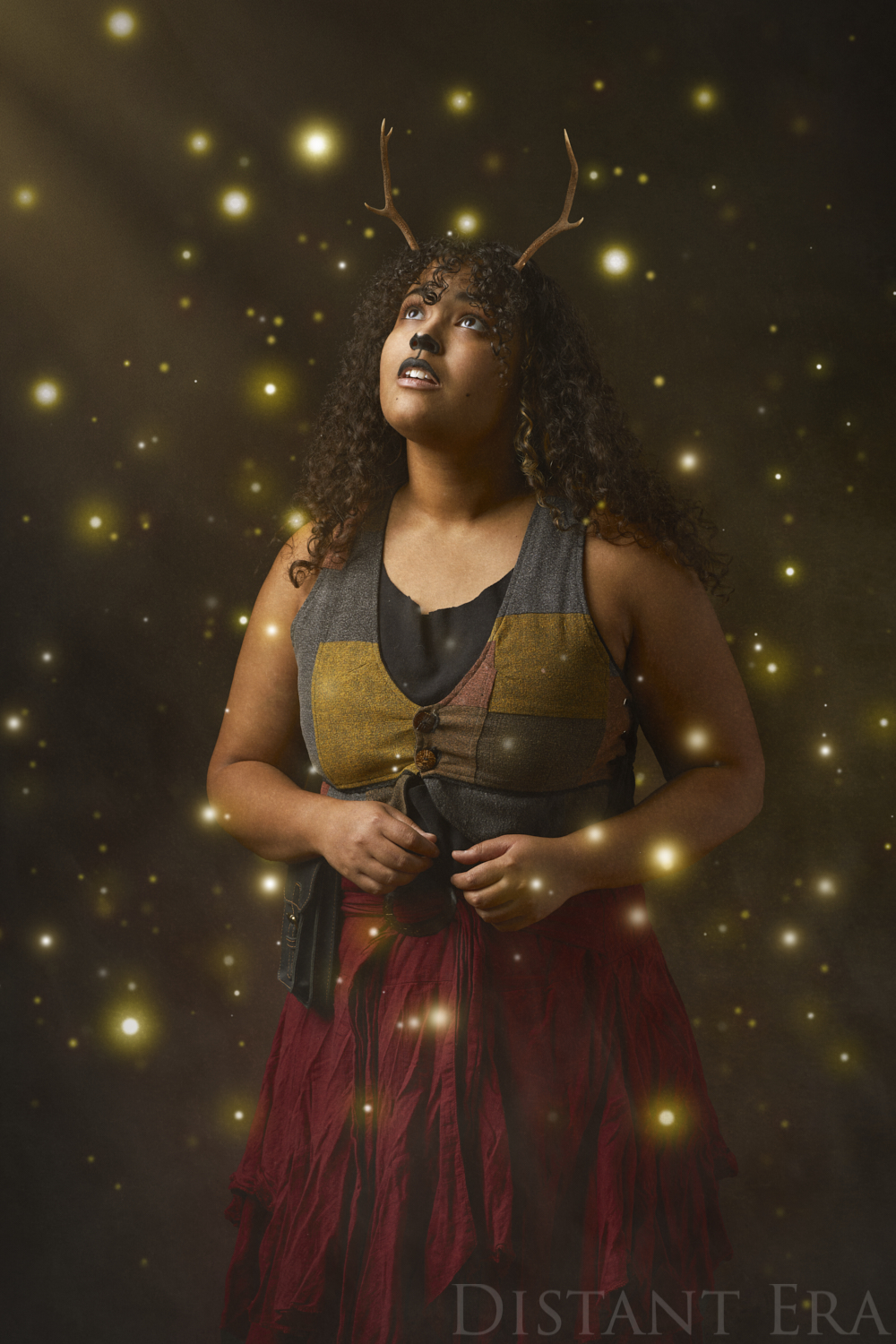
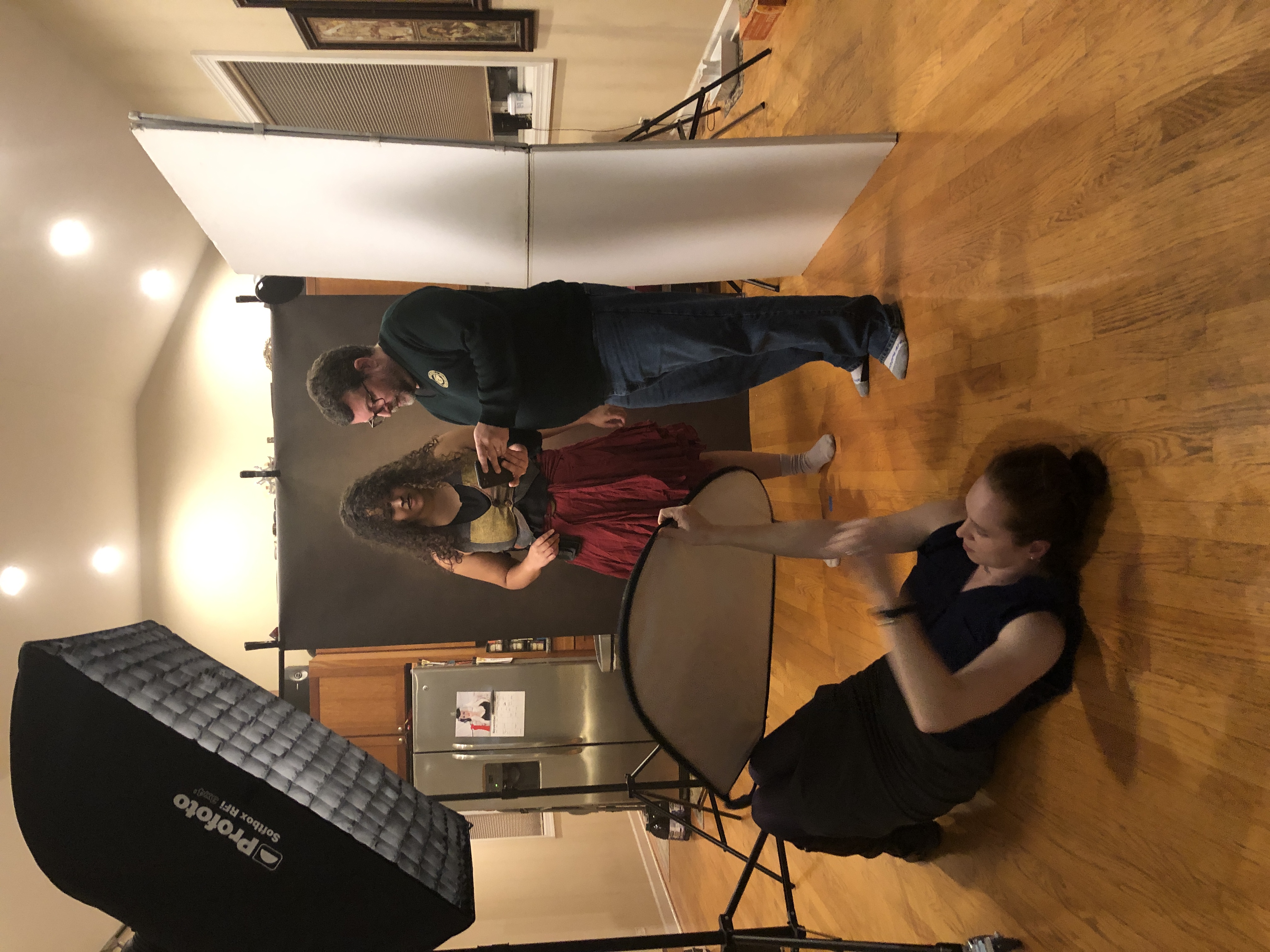
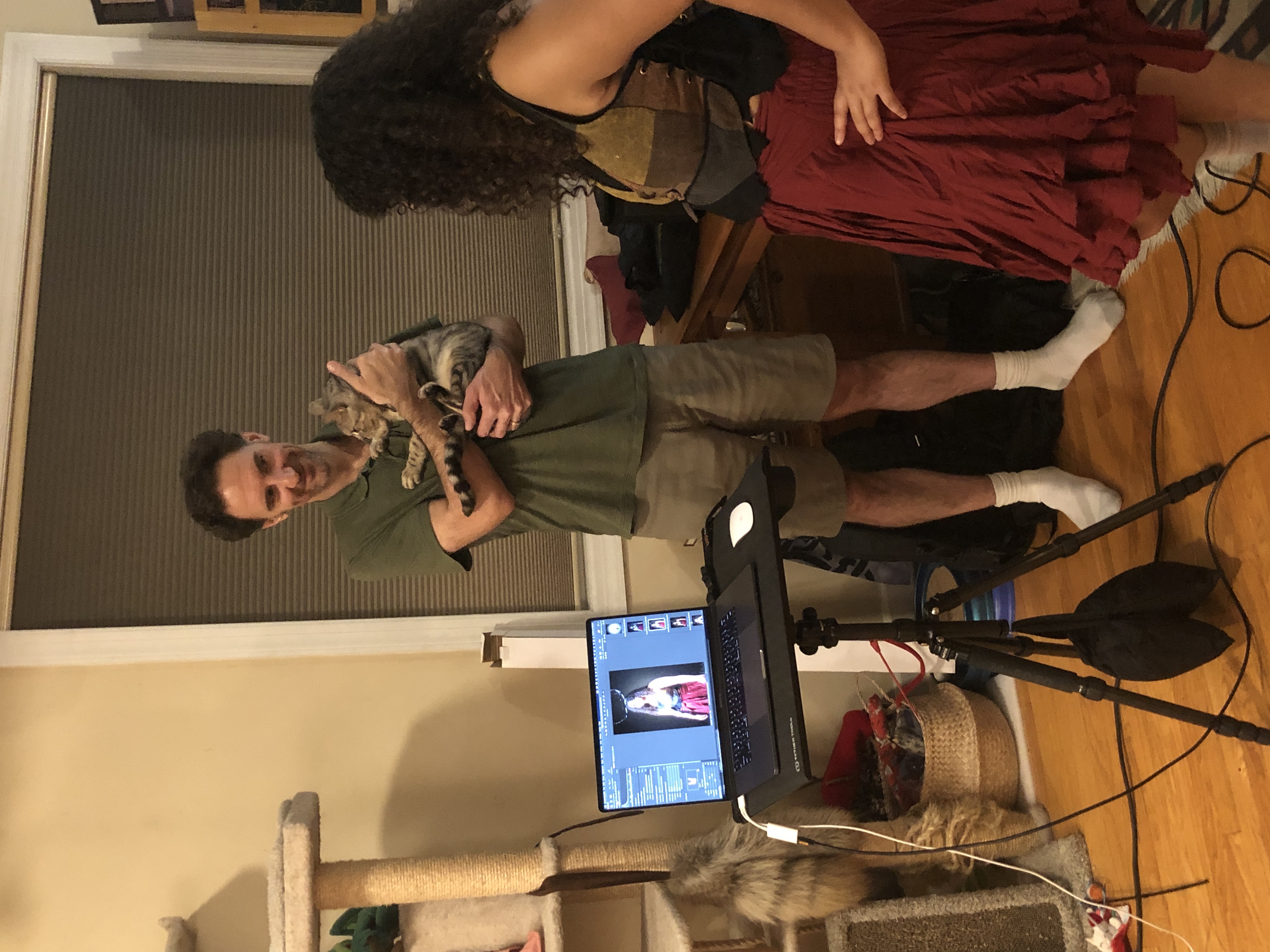
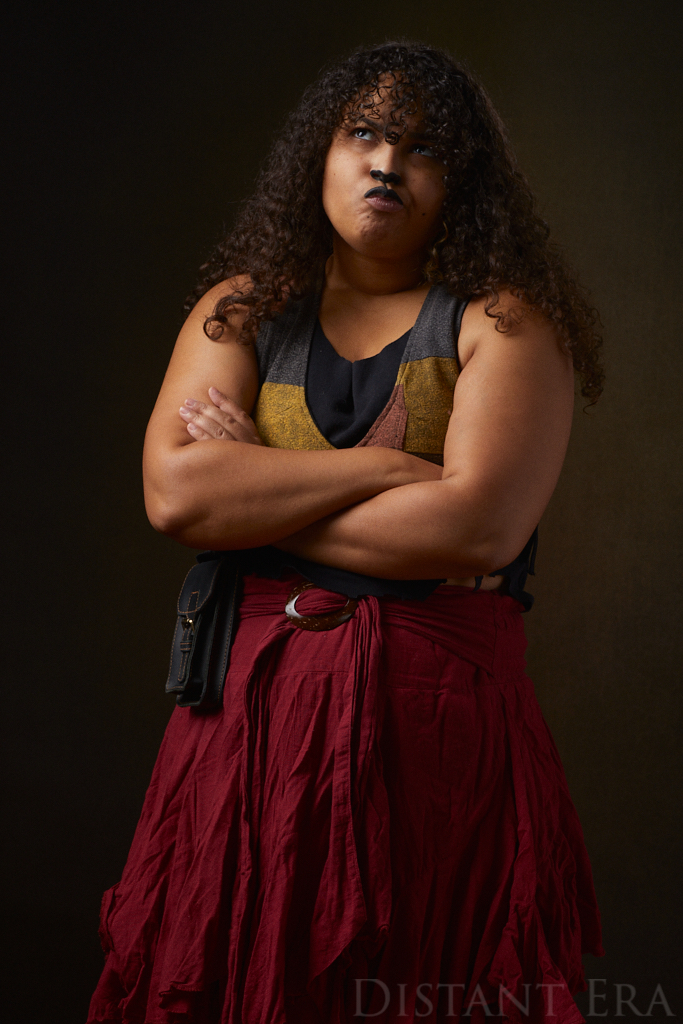
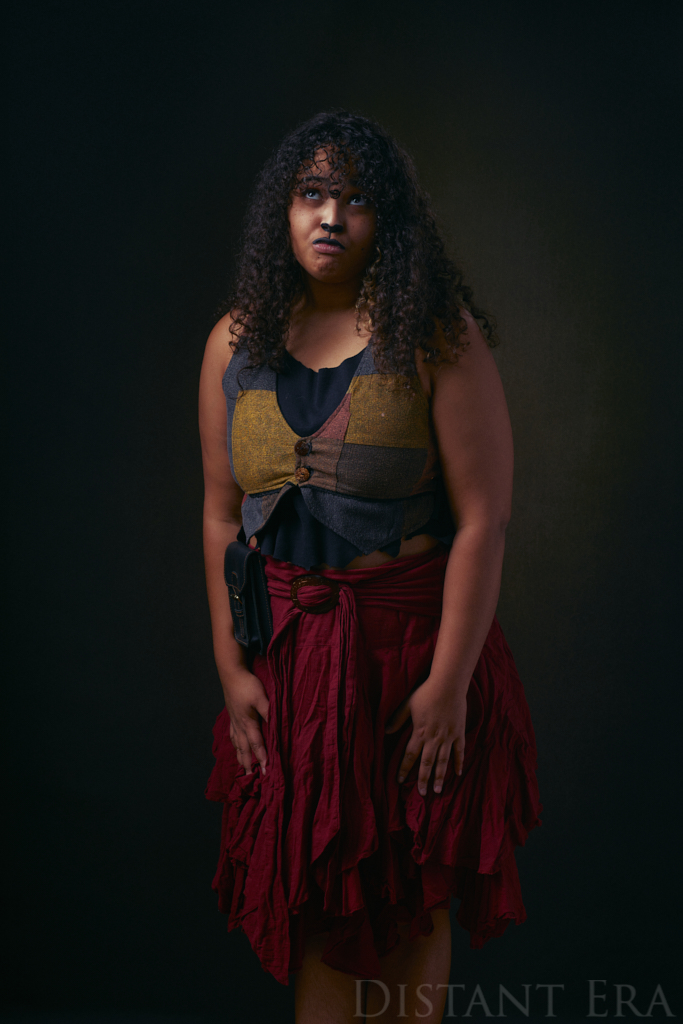
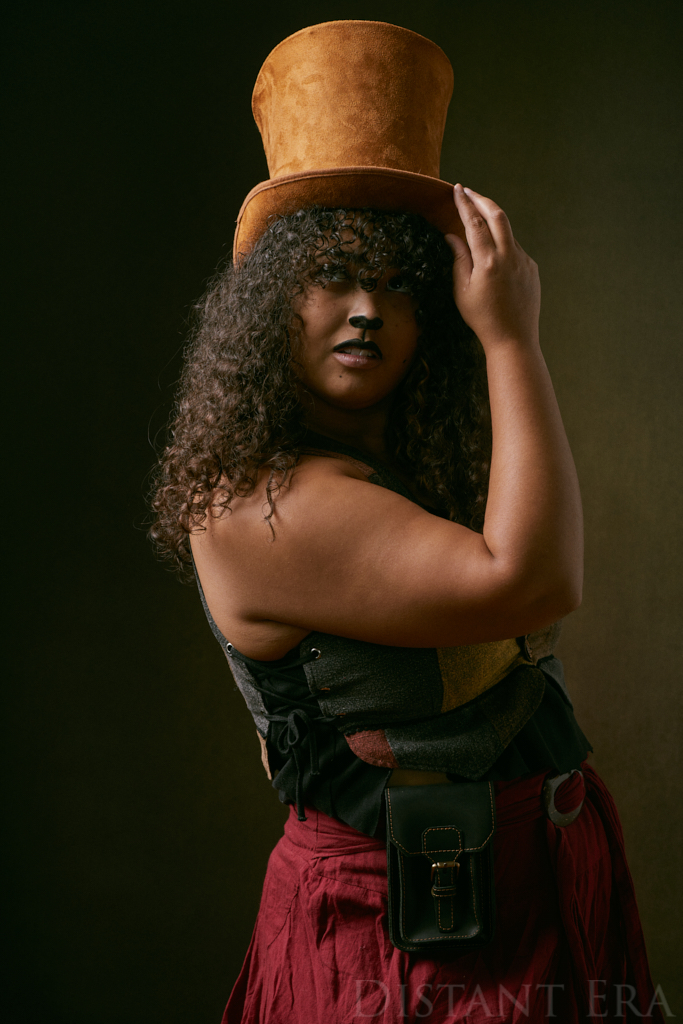
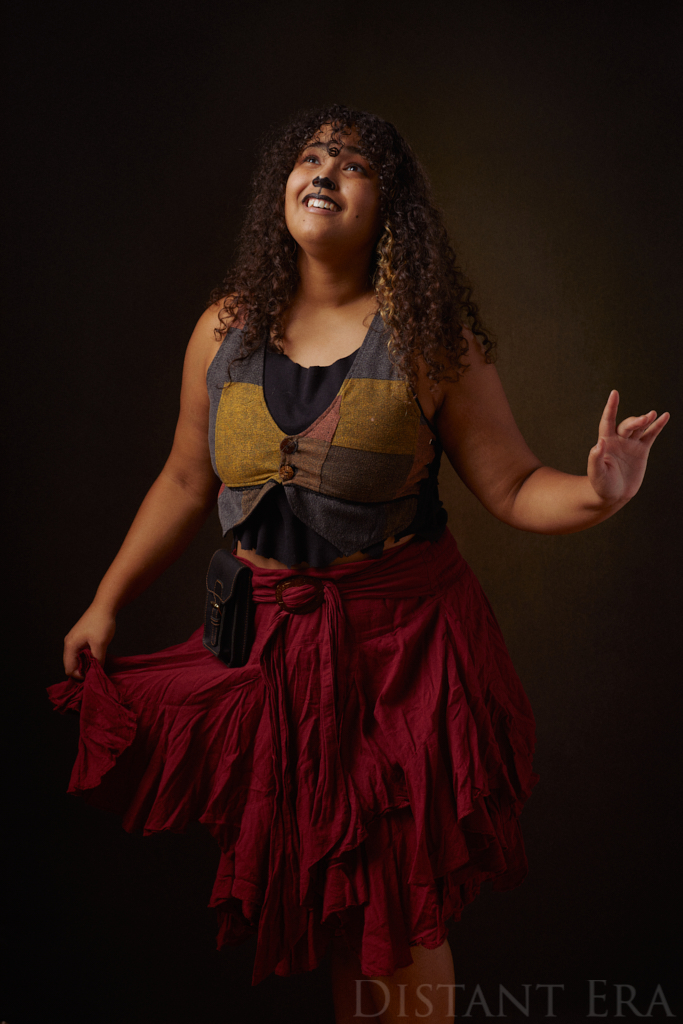
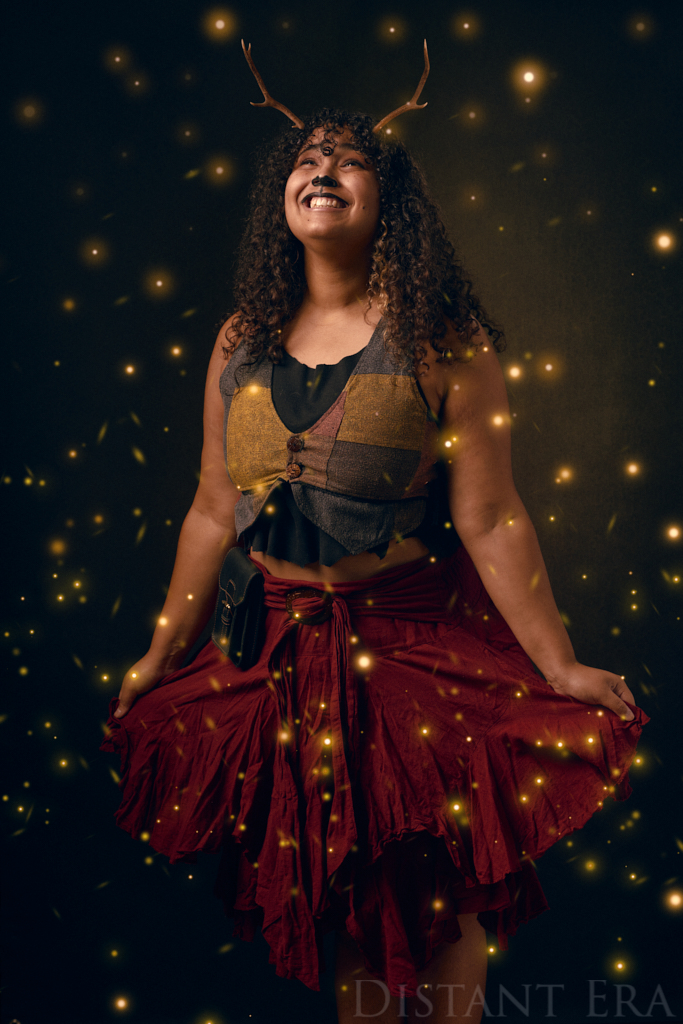
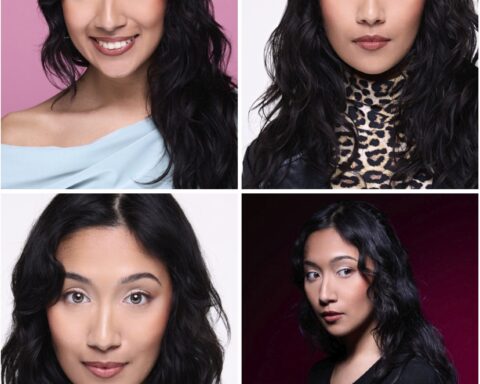
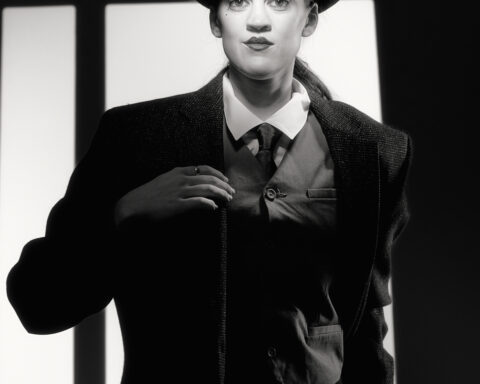
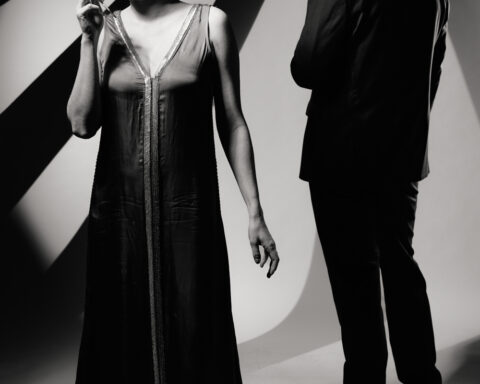
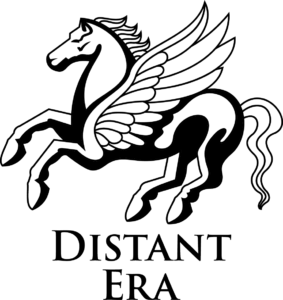
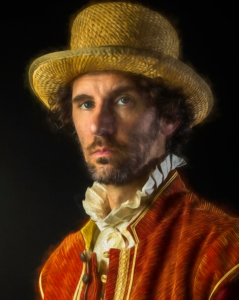
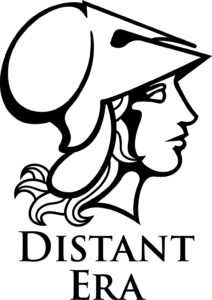
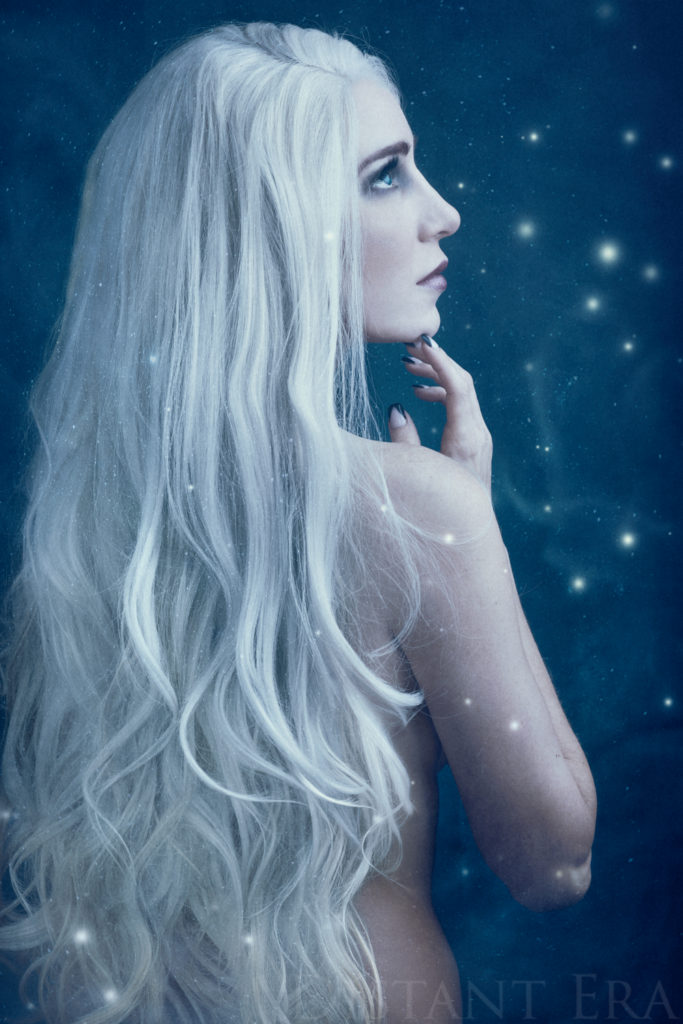
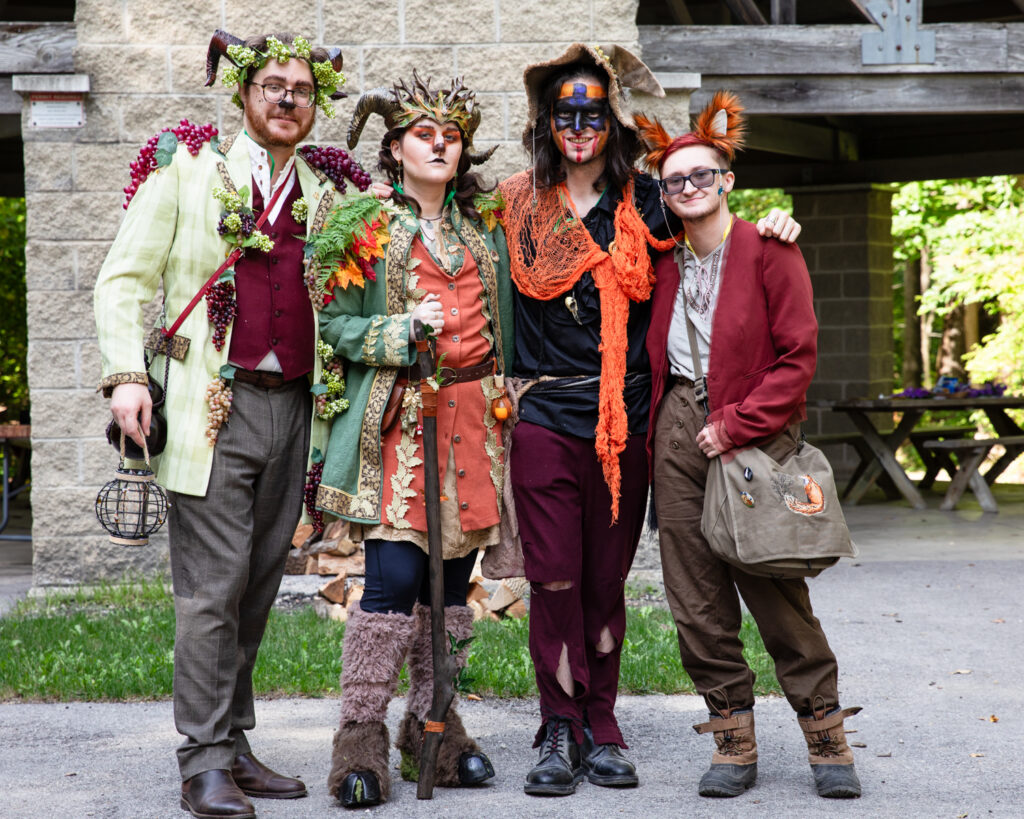
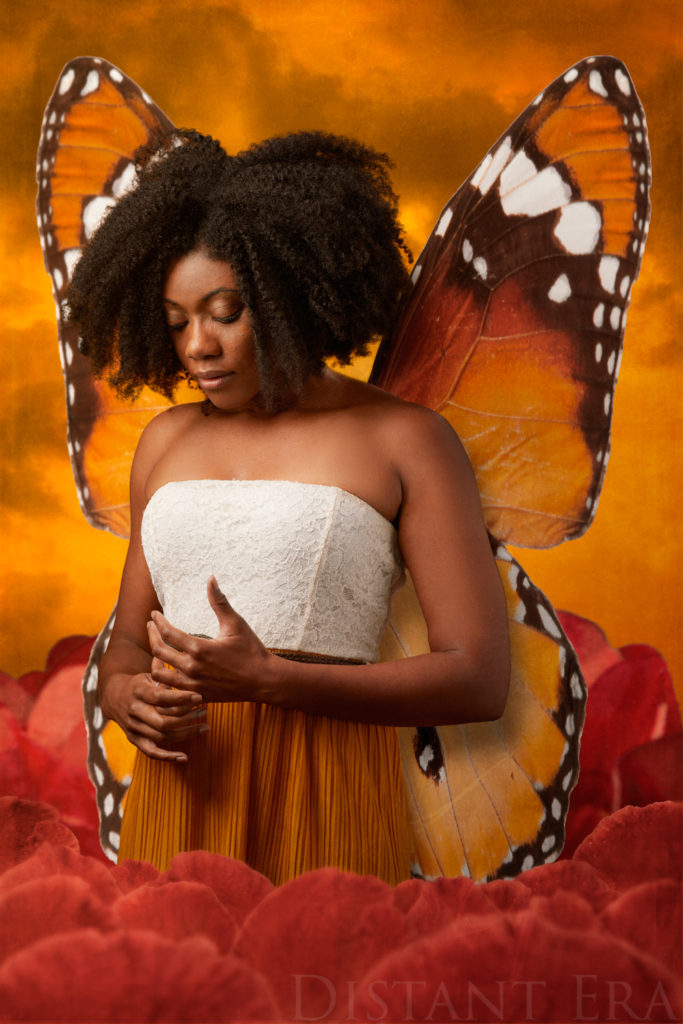

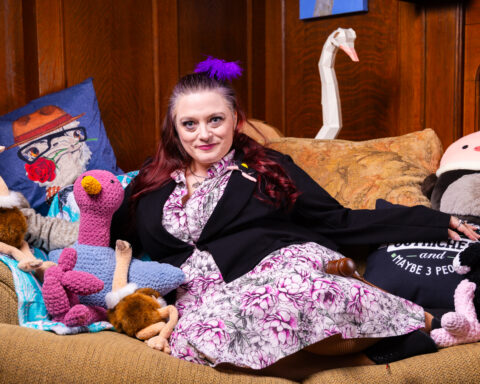


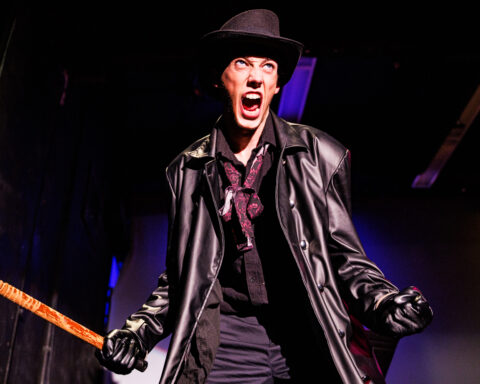
Follow Me